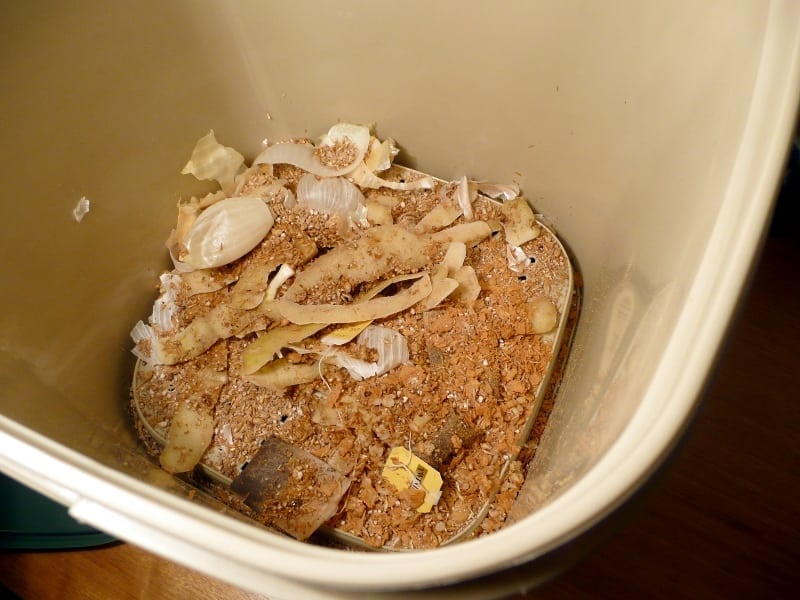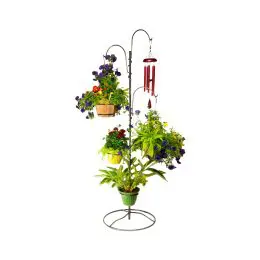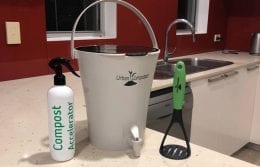There a lot of talk about the Urban Composter being a bokashi-style compost bucket, but what is Bokashi and what does it have to do with indoor kitchen composting?

Well, it’s a good question and in really simple terms Bokashi is a term from the Japanese language which literally means “fermented organic material.” Bokashi composting works by using an organic material with an active ingredient to kick-off the fermentation process. Sometimes this can be bokashi bran, other times it can be a spray, dried leaves or sawdust.
The key to Bokashi is having organic microbes that ferment the scraps. They work in anaerobic conditions, which means you must remove as much oxygen as possible for this fermentation process to take place. The by product is liquid from the broken down scraps, which needs to be drained regularly to stop the spread of mould and bacteria which will kill off the microbes.
The best part about Bokashi as opposed to other types of aerobic (in the presence of oxygen) composting systems, is that you can compost many more types of food scraps. For example darily, meat and fish products which you could not ordinarily compost, can be composted in Bokashi systems like the Urban Composter bucket.
As more scraps are added to the bucket, more of the organic microbe material is added, whether that is spray or bran… and the fermenting process continues. Regularly, like once a day, the water has to be drained from the bucket… but the process is relatively maintenance free.
Once the bucket is full, the scraps are left to ferment for an additional 5-6 weeks before burying in a pot or garden and covering with soil. This allows the composting process to complete, turning it to nutrient rich soil in a matter of months.
When you bury organic material from the Urban Composter it’s important to take note of your native wildlife. If you have critters that could dig up organic material, then place a rock or stones over the burial site to prevent digging. This means that you won’t be encouraging pests into your compost heap, and your buried food will remain so during the final composting process.
Once the compost pile has had time to settle you can then use the material as ground cover, or potting mix for a new plant.




